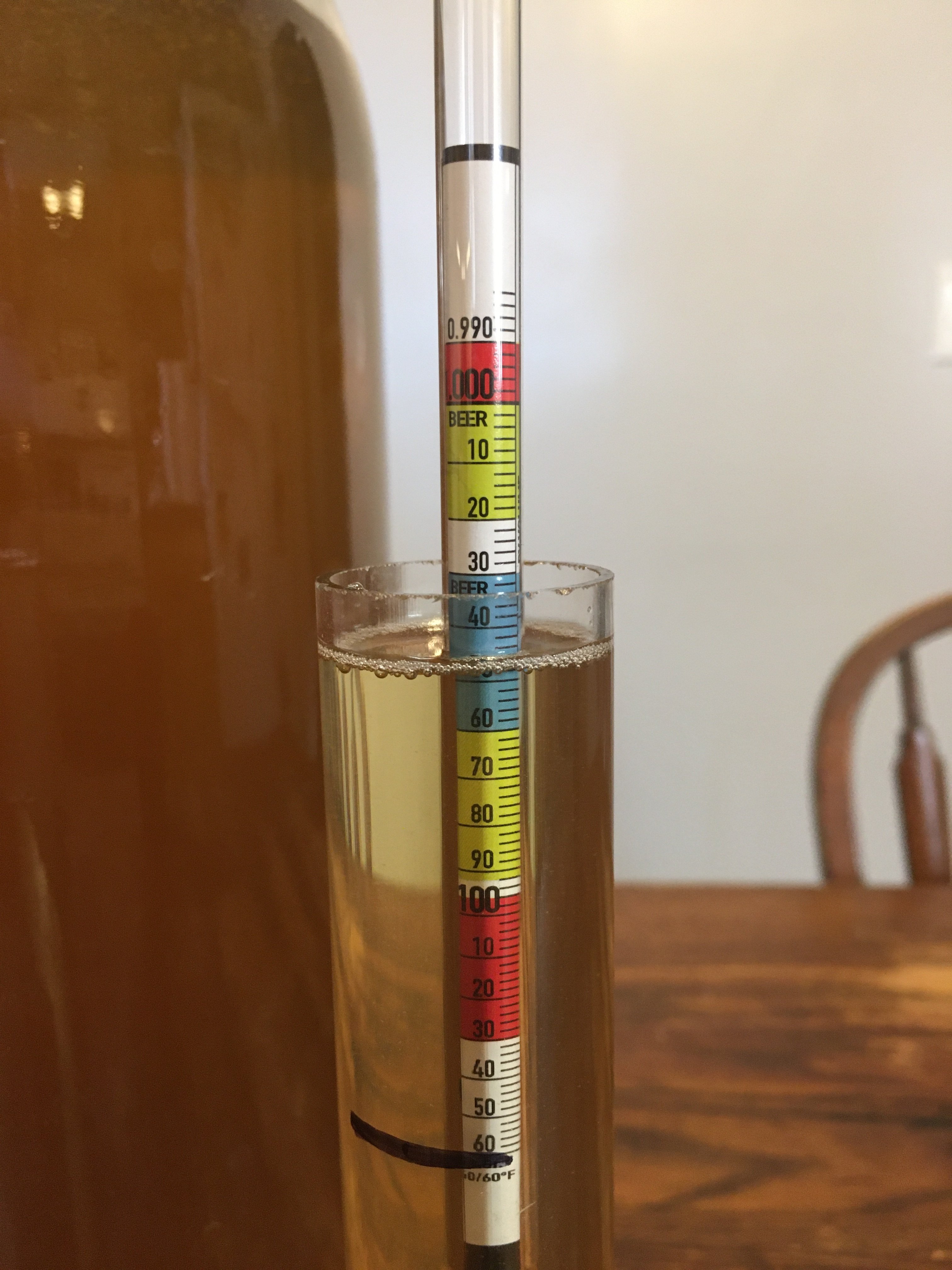But do those beers get AS clear? I'll never use gelatin again, but I've had good results with biofine. I'm almost out of it and trying to decide if I should get more. I do use those floatie dip tub thingies as well. I noticed the beers I used biofine on got really nice and bright, seemingly brighter than beers I make that don't get fined at all. Could just be my imagination, but they looked filtered. I loved it.
I generally do not use clarifiers if I can get by without it. In the past I've used gelatin with very good results for those few beers that I want to be especially clear and in which I want it to happen quickly. Works fine (so to speak) and no negative effects that I can perceive. Still, it always seems like "cheating" somehow, though I don't know what makes me feel that way.
I've been brewing quite a few lagers and light ales lately that I wanted to have sparkle and shine but didn't want to cold condition for a couple of months, so I thought I'd try Biofine. Used it on two different beers and was seriously underwhelmed (disappointed). Rather than following up with a gelatin fining, I used some keiselsol followed a day later with chitosan, a process I always use in wine making that yields fantastic results in just a few days. I'd never used it before in beer brewing since I heard it strips away body and flavor compounds in beer. Maybe it's just me, or maybe it's because the beers were a light lager and a blonde ale, but I really couldn't detect a lack of flavor or body in either one. And they were 'Very Brilliant' clarity.
I also "K & C'd" my next two beers to validate the results. The first was a hoppy West Coast IPA (just kicked last night, after going really fast) and an Irish Red ale that's settling in the kegerator right now (replaced the IPA on the tap list). The IPA wasn't as clear as the first two, but neither did it lack body or hoppiness. I'll let you know about the Red Ale tomorrow

.
I like clearer beers, but only fanatical about certain styles. I only use fining agents less than 30% of the time, mostly because of the type of beer I'm brewing. Biofine didn't give me anything close to the results I was expecting or looking for. Gelatin does an amazing job in a relatively short time, but makes me feel as if I'm cheating somehow. Kieselsol and Chitosan clear even better and faster than gelatin, but with the reported risk (which I didn't detect) of thinning body and flavor loss, but it still feels like cheating. Extended cold conditioning/lagering
will help to clarify beer, but not to the extent that fining agents do. At least that's my experience. YMMV.














































![Craft A Brew - Safale S-04 Dry Yeast - Fermentis - English Ale Dry Yeast - For English and American Ales and Hard Apple Ciders - Ingredients for Home Brewing - Beer Making Supplies - [1 Pack]](https://m.media-amazon.com/images/I/41fVGNh6JfL._SL500_.jpg)










 .
.
